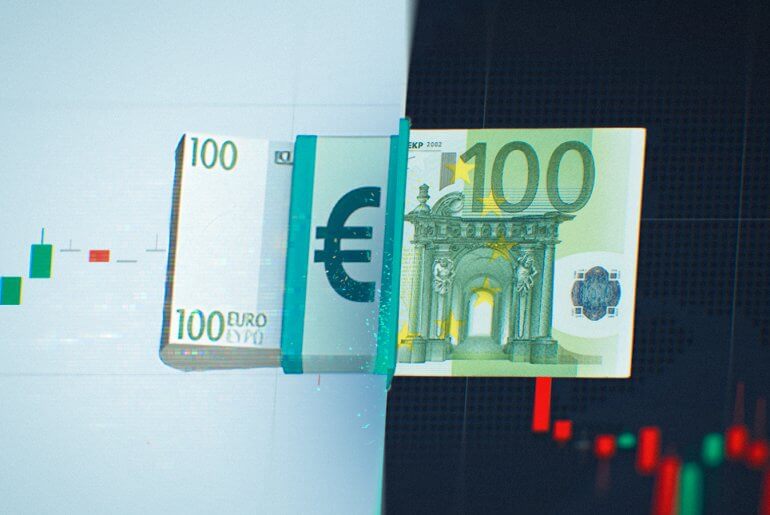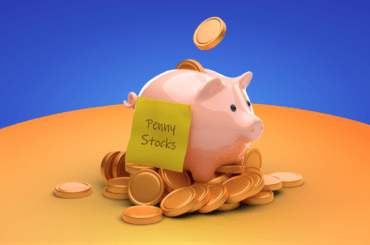Investing in the stock market may seem a little daunting to the novice trader, but it’s not as scary as it may seem. Stock trading is a great alternative to other trading asset classes, like Forex, for example.
Let’s take a look at the essentials of stock trading.
1) What is a stock?
A Stock, also known as a share, represents a fractional ownership of a company. When you buy a share of a company, you’re buying a small piece of ownership of that business. Companies use these purchased shares to raise capital for their business.
2) IPO
Companies that want to go public in order to raise capital and stimulate growth, will execute an initial public offering (IPO), using an underwriter and a stock exchange. Institutional and individual investors are able to participate in the IPO. After this, the company will be traded on the corresponding stock exchange and its investors will be able to buy and sell its stock.
Companies will use the capital raised to grow their business. When the IPO is complete, shares of the company will be traded between external buyers and sellers. Shares traded during the IPO are referred to as the ‘primary’ trading market. Shares traded after the IPO, by external buyers and sellers, are known as the ‘secondary’ trading market.
3) Stock exchange
Stocks and shares are bought and sold using stock exchanges. During the IPO period, the stock exchange acts as a middleman between the company issuing shares and the public who are purchasing them. The New York Stock Exchange is the world’s largest.
Once the IPO period has ended, traders and investors will carry on buying and selling the shares of the company on the exchange, but the company will no longer make a profit from it.
4) Orders
Stock markets were formerly a physical place where investors met to buy and sell shares, using trading floors across the globe, e.g. in New York, London or Tokyo. Stock prices were often negotiated between buyers and sellers in an open live auction.
Nowadays, the vast majority of trading is carried out online. Buy and sell orders are placed through brokers, who in turn, interact with the stock exchange and execute orders on behalf of the investors. Most trading orders are processed through electronic systems and also use algorithms to determine the sequence of orders.
5) Ticker symbols
Stocks are listed by ‘ticker symbols’ or ‘tickers’. These codenames make the research and communication process much easier for all parties.
For example, the ticker symbol ‘MSFT’ refers to Microsoft. This avoids ambiguities, so when you see a price quoted from MSFT or an article that refers to MSFT, you’ll know that both of them are referring to the same asset: Microsoft shares.
6) Indices
Market participants track well-known stock market indices, as an indication of the market’s overall performance. Three of the most popular indices are the Dow Jones Industrial Average (referred to as the Dow), S&P 500 and the Nasdaq Composite.
Dow Jones is an index that tracks the performance of the Top 30 US companies. S&P 500 follows the 500 biggest US enterprises by market capitalisation. Nasdaq Composite evaluates companies listed on the Nasdaq exchange, so it’s heavily weighted towards the hi-tech industry.
7) Trading volume
Daily volume is the combined volume of all trades carried out in a day. Stocks that have a high daily volume are preferred by most investors, due to the fact that high volume is synonymous with liquidity, so traders can buy and sell shares easily. When a stock volume is low, an investor might not be able to buy and sell their shares when they want to.
8) When to buy?
Investors buy stocks when they believe that the price will go up over time. Many investors buy several stocks, building a portfolio, in order to control their risk-return ratio better.
9) Dividends
Many companies, especially more mature ones, pay dividends to shareholders. A dividend is a share of the company’s profits, paid regularly to investors. It is important to note that dividends do not depend on the fluctuations of the share price.
Whilst the share price depends on buying and selling pressure; the dividend depends on internal profit-making performance, as well as the dividend policy. The company may choose to reinvest all profits, rather than distribute profits as a dividend.
10) Share price fluctuations
Share prices often move fast for a range of different reasons, such as political and economic factors, social changes, natural disasters, news coverage, investors’ expectations and much more. Overall, share prices fluctuate based on how these factors impact demand and supply shares. If the supply exceeds demand, stock prices will tend to fall, therefore when demand exceeds supply, share prices can be expected to rise.
When trading stocks, the difficulty lies in identifying when demand and supply in the market will shift – and to what extent. Identifying fundamental value opportunities in certain businesses is only one part of the equation. Anticipating external events and investor opinions are also key components of identifying stock market opportunities.




